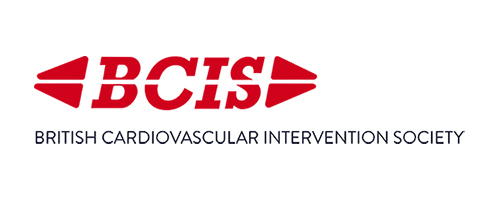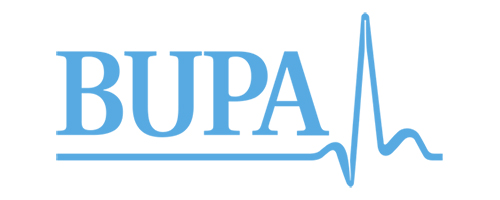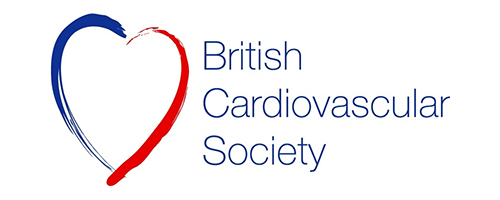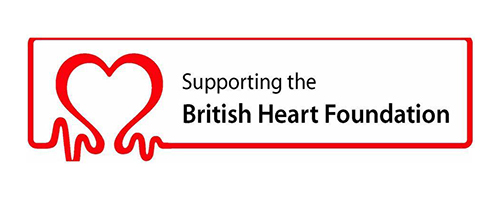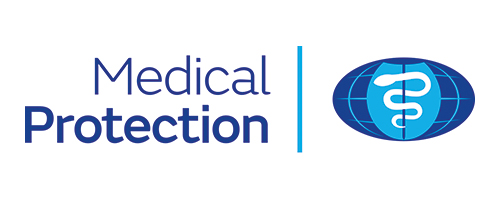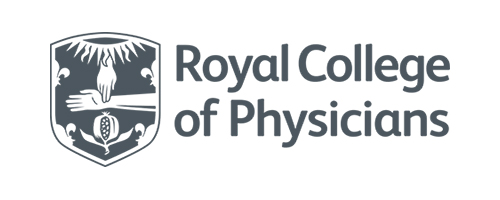The information outlined below on common conditions and treatments is provided as a guide only and it is not intended to be comprehensive. Discussion with Dr Saha is important to answer any questions that you may have. For information about any additional conditions not featured within the site, please contact us for more information.
Vasovagal syncope is a term used to describe an episode of fainting due to a low blood pressure, or heart rate, or a combination of both these factors. This condition is very common, with 1 in 3 individuals experiencing syncope at some stage in their life.
Syncope usually occurs when the nervous system that controls the heart rate and blood pressure (the autonomic nervous system) starts to malfunction transiently in response to a trigger. This usually causes a slowing of the heart beat, and dilatation and pooling of the blood vessels in the leg, which lowers the blood pressure. Patients usually feel unwell at this point with symptoms of lightheadedness, dizziness, queasiness, and may be nauseous and sick, sweaty and clammy, before passing out. These symptoms may be relieved on occasion by sitting down quickly or lying down and keeping the feet elevated.
Typically, a patient who has a tendency to syncope experiences a whole combination of factors which creates the ideal environment for syncope. Common triggers include:
• Standing for long periods (which increases pooling of blood in the legs)
• Heat exposure
• Large meals, particularly with alcohol
• Excessive caffeine intake
• Inadequate intake of water
• Having blood taken, or the sight of blood
• Extreme fear, stress or anxiety
• Pain
• Standing up rapidly from a squatting or lying position.
Management of Syncope
Typically, the following simple management strategies are useful in preventing or minimising episodes of syncope.
• Hydration with plenty of fluids (at least 2L a day)
• Recognise warning symptoms (such as dizziness and nausea) and act on these by sitting or lying down
• Performing isometric exercises such as teeth and buttock clenching and tensing of the leg muscles, including quadriceps and calves, to improve blood flow back into the heart (think of it as “squeezing” blood that is pooling in the legs, back up into the heart and brain)
• Taking more salt (but ensure you have a normal blood pressure reading before you do this)
Diagnosing vasovagal syncope
Your doctor will take a clinical history which could strongly suggest a diagnosis of vasovagal syncope. If in doubt, further tests can be undertaken to rule out other causes of loss of consciousness, including an ECG, 24 hour ECG recording (Holter monitor), exercise testing, and an echocardiogram to look at the structure and pump function of the heart.
Discussion with Dr Saha is important to answer any questions that you may have. For information about any additional symptoms you may be suffering from that are not featured within the site, please contact us for more information.

